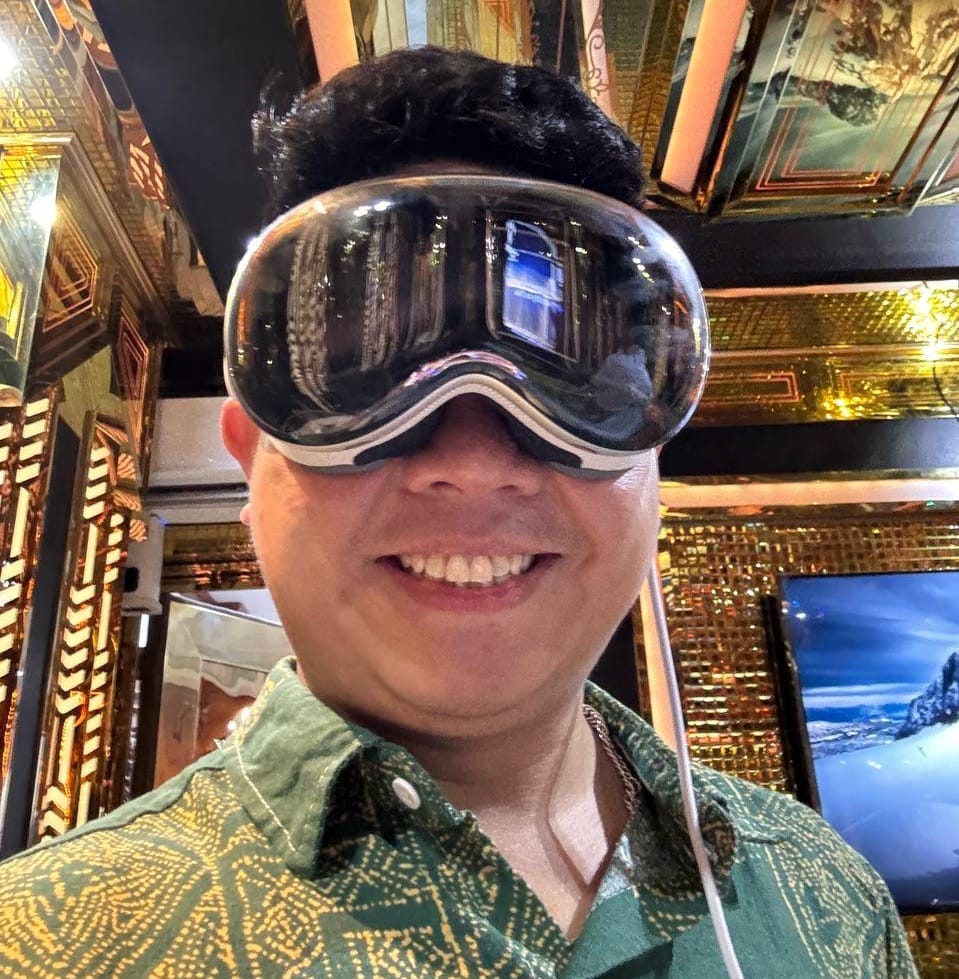Blockchain, AI, IoT and the Future of DePIN
Imagine wearing a pair of smart glasses equipped with sensors near your temples that can collect a variety of data such as brain waves, images, and sounds. These signals can indicate your heart rate, blood pressure, stress levels, and various other states of your body. It would be fantastic if, when you encounter health issues, the glasses could display information and alerts to you and your family doctor. Additionally, these glasses could offer thousands of features, like helping you navigate, recognizing objects, and automatically translating for you. They would serve as an amazing virtual assistant, much like J.A.R.V.I.S in Iron Man.
Google Glass, which launched in 2011, was a revolutionary product in my opinion, but it still hasn’t become widespread. One significant reason is the challenge of developing a compact device that can perform numerous complex tasks requiring high computational power. Similarly, Apple Vision Pro, despite its innovative design and advanced features, faces similar hurdles. Apple Vision Pro, like Google Glass, aims to blend the digital and physical worlds seamlessly, yet the demand for high computational power in a compact form factor remains a significant obstacle. The need for efficient energy storage and advanced processing capabilities in a lightweight, wearable device continues to be a formidable challenge for both companies.
Technologies related to energy storage, CPUs (Central Processing Units), and GPUs (Graphics Processing Units) are advancing daily to balance and resolve issues of computational power, efficiency, and power consumption. However, integrating all that technology into a compact device remains impossible. Most current wearable devices link to a device with better computational power, like a smartphone, or connect directly to cloud server systems. This significantly impacts the autonomous computational capabilities of the device and its flexibility during use.
Let’s consider a hypothesis about a distributed computing system to solve this problem and how it would operate. Imagine that when you put on the glasses in the morning to start your day, the virtual assistant says, “Good morning, you slept for 8 hours last night without waking up, which is great. You are in a very refreshed state to start today’s work. You have a meeting at 9 AM with Mr. X and need to check the progress of product Y development this morning.”
The sensors on the smart bed you slept on last night collected data during your sleep, including sleep duration, sleep stages (N1, N2, REM, Deep), heart rate, breathing rate, and more. This data is stored in the bed’s central system.
When you put on the glasses in the morning, the sensors on the glasses immediately collect your current health status and send it to the bed’s central system. Simultaneously, they send a request to summarize and report on your sleep last night and your current health status. During this time, the glasses also compile the tasks you need to do for the day; this data is previously recorded in the bed system, your daily work MacBook, your phone, or other surrounding IoT (Internet of Things) devices.
All the data is sent from these devices to systems with sufficient computational power (GPUs) nearby, such as a passing Tesla car, or a high-configuration Gaming PC of a neighbor. Data transmission can be through Wifi, 4G, 5G, or LoRa waves. A process using Generative AI on these devices produces the responses the virtual assistant needs and sends them back to your glasses. Through the images on the glasses and sound transmission through the bone, you receive your response almost immediately.
This interesting combination of surrounding devices helps you get the fastest response, with the glasses merely acting as a bridge between you and those peripheral devices. The challenge here is how you can trust a device storing and processing your data, ensuring it is safe and accurate, and what about your privacy. And if someone else’s device, what do they gain from storing and computing for you? Or even using AI systems from big names like OpenAI, Google, and Microsoft, can you trust them enough to give them your sensitive information?
Blockchain is a powerful solution to address these issues. Your retina-scanning glasses create a Passkey that only you have the right to unlock; data is encrypted and authenticated based on this Passkey. The reward-punishment mechanisms of the decentralized computing process ensure the system’s transparency. Each participating device is allocated a corresponding reward, incentivizing the sharing of storage and computational resources. This approach not only avoids wasting resources that are not continuously used but also meets the increasing demand for smart devices.
This will be a massive system of billions of devices, a continuously operating brain built, managed, and operated by the community. This is Decentralized Physical Infrastructure Networks (DePIN).
The perfect combination of Blockchain, IoT, and AI creates a solid foundation for DePIN, helping to solve numerous problems in various fields. DePIN is a giant picture, being colored by hundreds of different projects. For example, Helium Network provides solutions for data transmission, Fetch.AI offers an AI platform, and NOTT provides healthcare solutions through continuous monitoring devices and a distributed wellness data system. We are getting very close to stories that seem only possible in science fiction movies. We are building that future, so in my opinion, the future is now.






